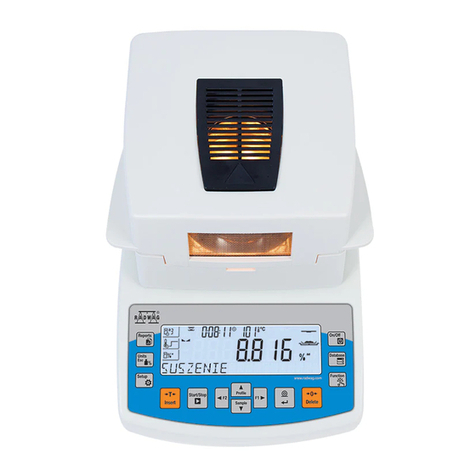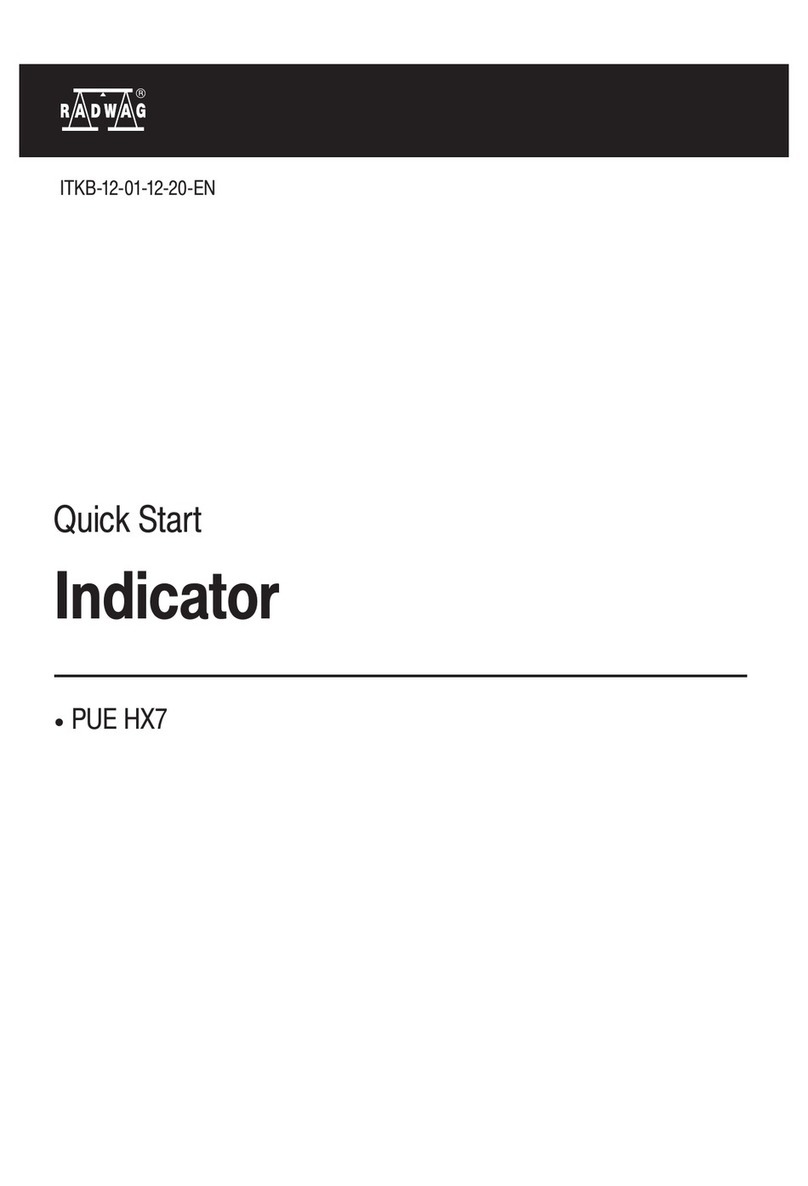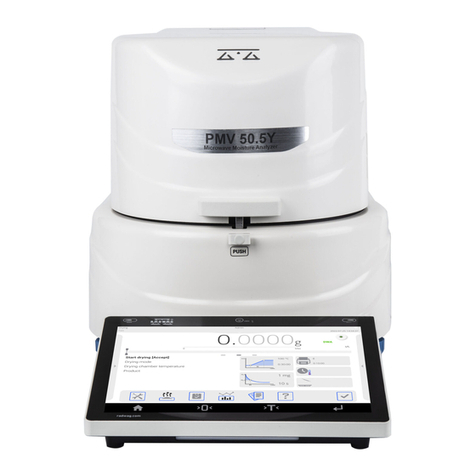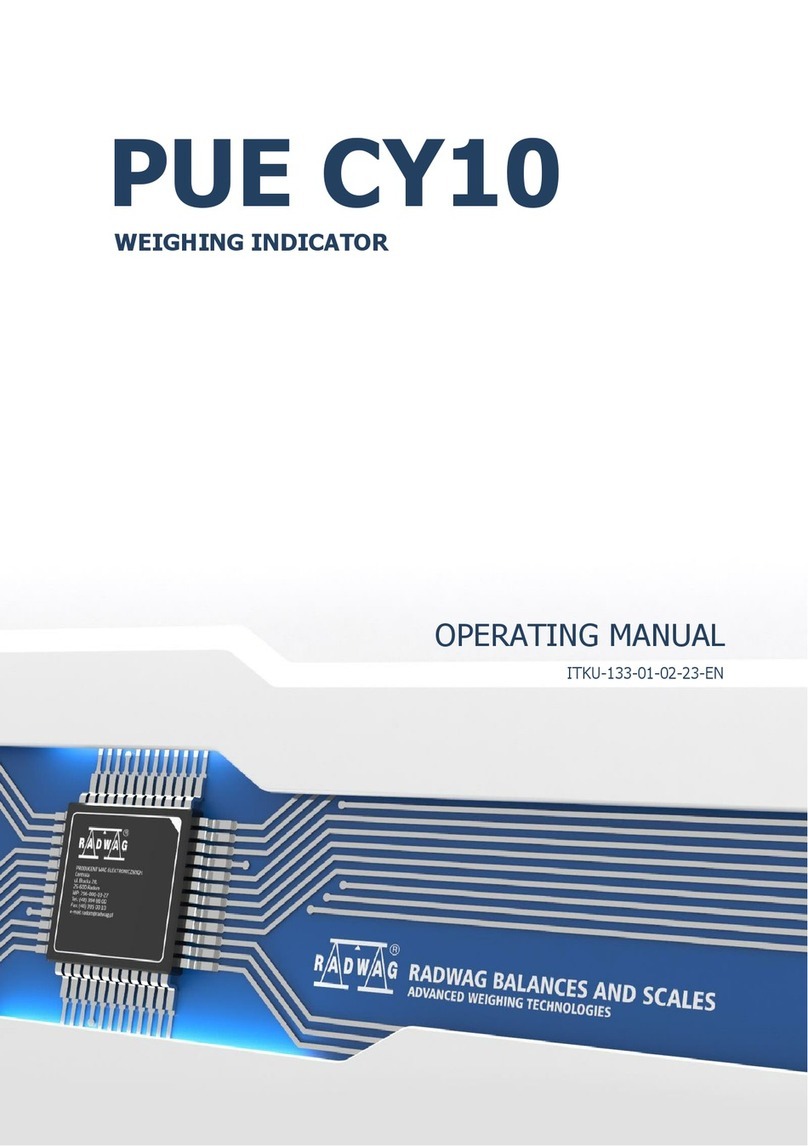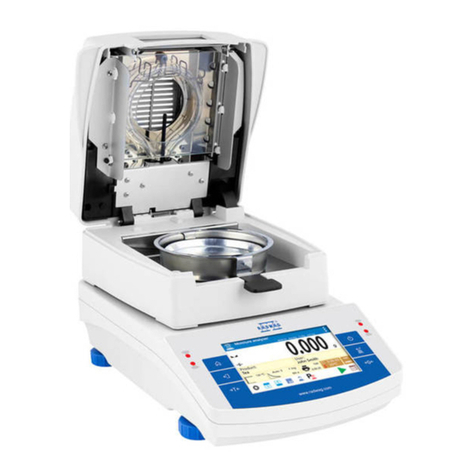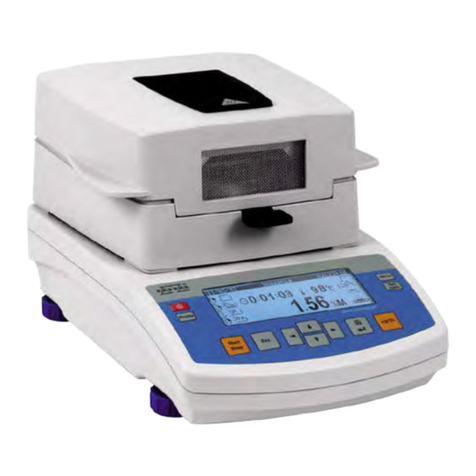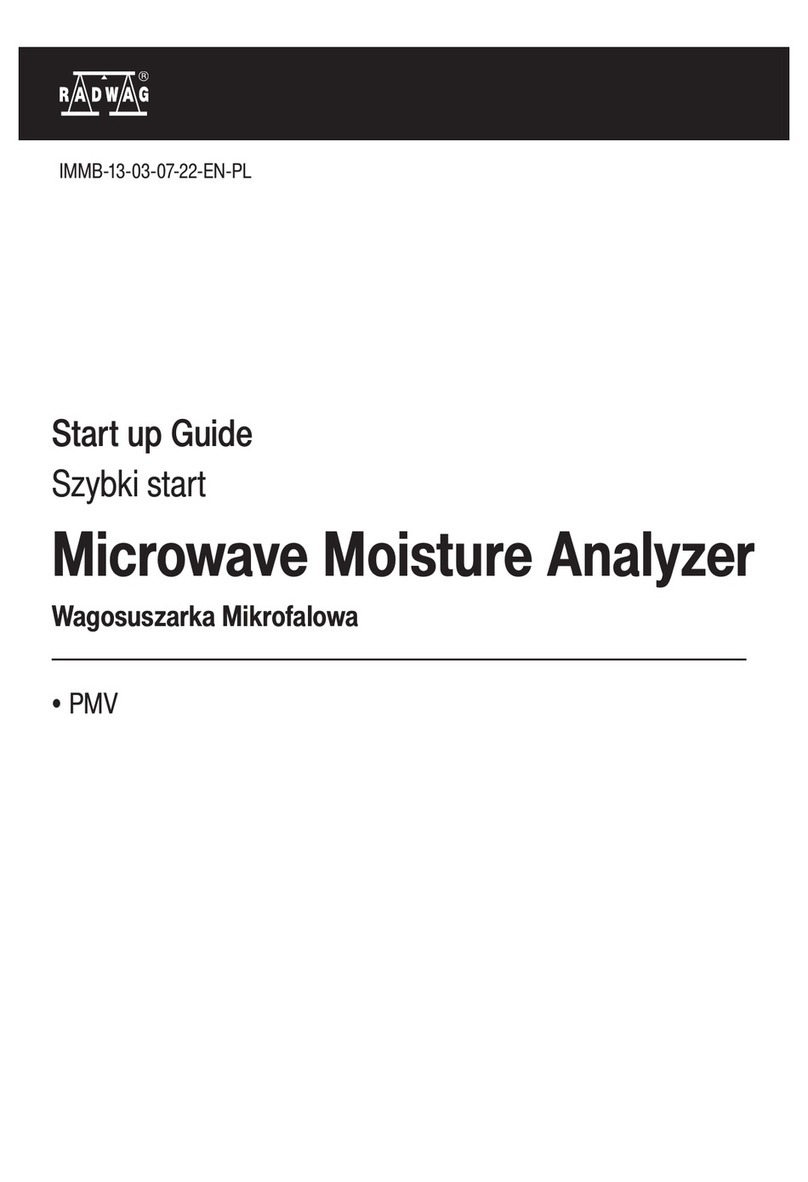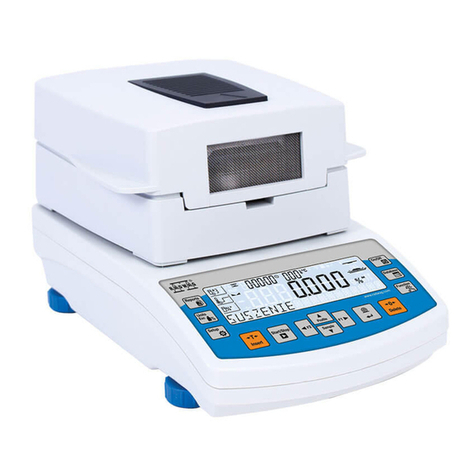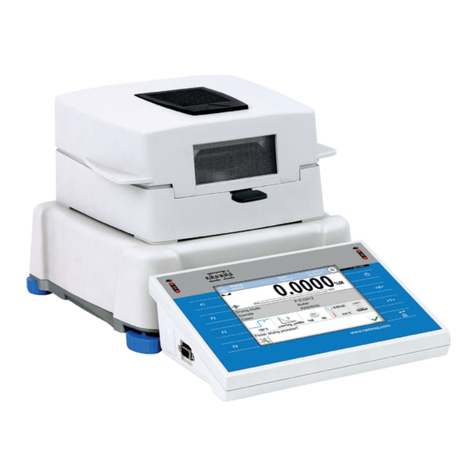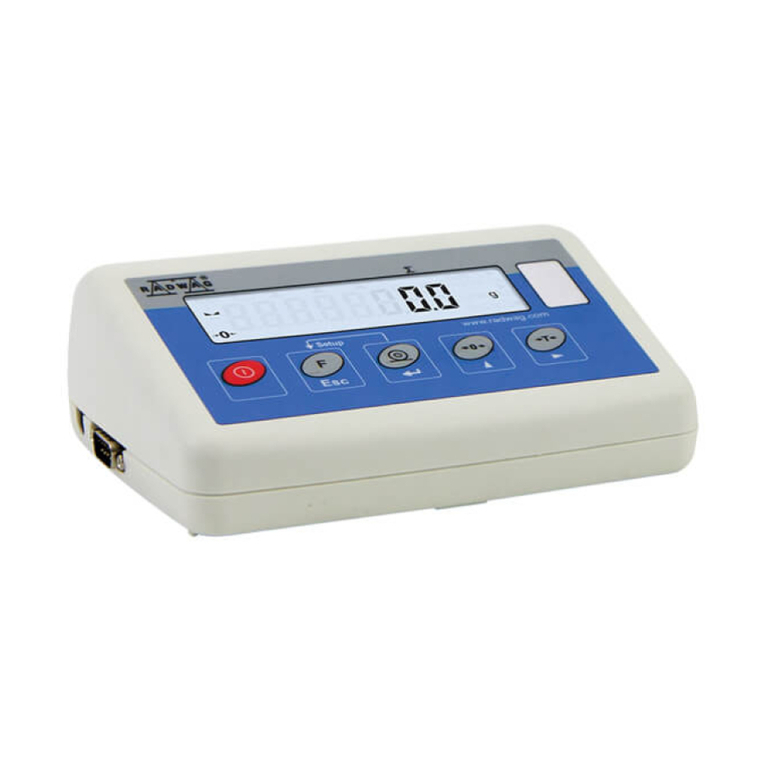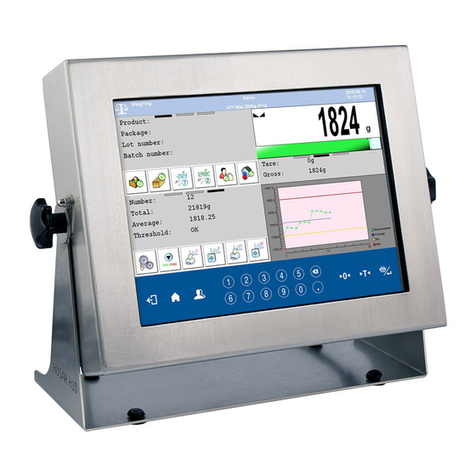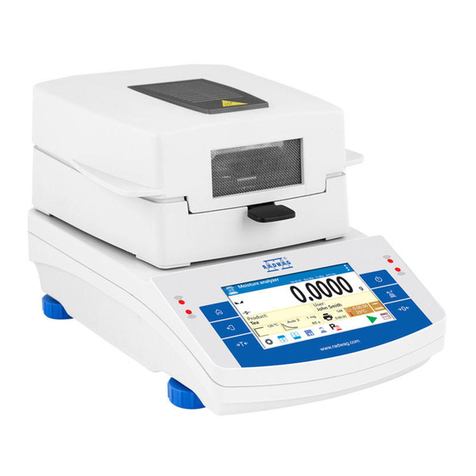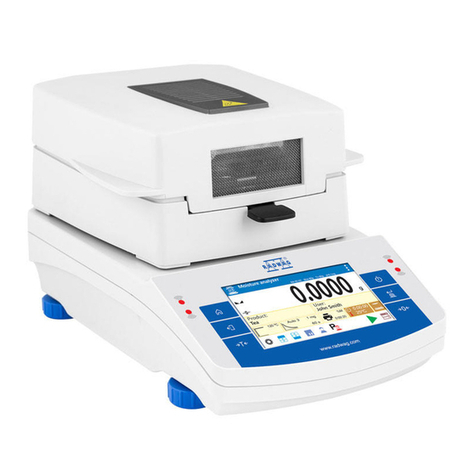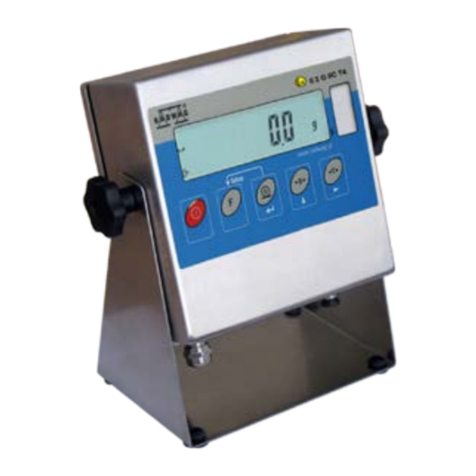
13.1.Password Settings................................................................................ 27
13.2.Operator Accounts Settings ................................................................... 28
13.3.Permissions Management...................................................................... 29
14. PROFILES........................................................................................ 31
14.1.Creating a Profile ................................................................................. 31
14.2.Profile Structure................................................................................... 32
14.2.1. Settings ..............................................................................................33
14.2.2. Working Modes ....................................................................................33
14.2.3. Readout ..............................................................................................33
14.2.4. Units...................................................................................................34
15. WORKING MODES - GENERAL INFORMATION ................................. 35
15.1.Working Modes .................................................................................... 35
15.2.Working Mode Parameters..................................................................... 36
15.3.Quick Access Buttons, Proximity Sensors................................................. 36
15.3.1. Proximity Sensors ................................................................................36
15.4.Information ......................................................................................... 37
15.5.Printouts ............................................................................................. 37
15.6.PROFILES............................................................................................ 38
16. WEIGHING...................................................................................... 39
16.1.Weighing Unit Selection ........................................................................ 39
16.2.Good Weighing Practice......................................................................... 39
16.3.Level Status ........................................................................................ 40
16.4.Zeroing............................................................................................... 40
16.5.Taring................................................................................................. 40
16.6.Use of Air Buoyancy Compensation Factor............................................... 41
16.7.Additional Parameters for a Weighing Process.......................................... 44
16.8.Minimum Sample Weight....................................................................... 46
16.9.Cooperation with Titrators ..................................................................... 48
16.10. Ambient Conditions - Vibrations......................................................... 49
17. MAGNETISM.................................................................................... 52
18. DATABASES..................................................................................... 55
18.1.Database Connected Operations............................................................. 55
18.2.Weighing Records................................................................................. 56
18.3.Customers........................................................................................... 57
18.4.Susceptibility: Reports.......................................................................... 57
18.5.Minimum sample weight........................................................................ 58
18.6.Ambient Conditions .............................................................................. 59
18.7.Warehouses......................................................................................... 60
18.8.Printouts ............................................................................................. 60
18.9.Universal Variables............................................................................... 62
18.10. Databases Management.................................................................... 62
18.10.1. Export Weighing Database to a File........................................................62
18.10.2. Delete Databases ................................................................................64
18.10.3. Delete Weighings and Reports...............................................................64
19. COMMUNICATION ........................................................................... 65
19.1.RS 232 Settings ................................................................................... 65
19.2.ETHERNET Settings .............................................................................. 65
19.3.Wi-Fi Settings ...................................................................................... 65
